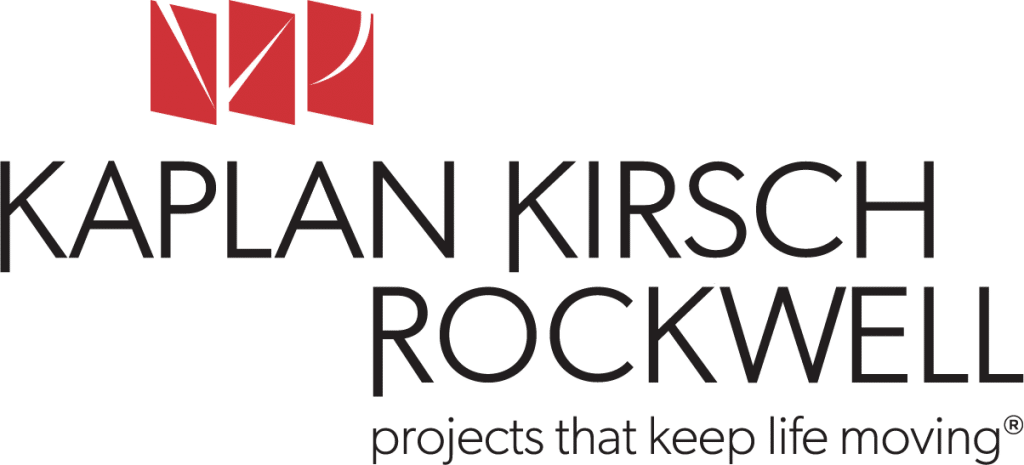
The incoming Biden Administration has hinted at what steps it may soon take to regulate per- and poly-fluoroalkyl substances (PFAS), a class of emerging contaminants sometimes called “forever chemicals” that are not currently addressed under most federal environmental statutes though studies link exposure to unsafe levels of PFAS to adverse health impacts. During the presidential campaign, then-candidate Joe Biden unveiled his “Plan to Secure Environmental Justice and Equitable Economic Opportunity,” which includes key PFAS measures such as setting enforceable limits for PFAS chemicals in the Safe Drinking Water Act (SDWA) and designating PFAS as a “hazardous substance” under the Comprehensive Environmental Response, Compensation, and Liability Act (CERCLA). Increased federal regulation of PFAS will directly impact municipalities, airports, water utilities and districts, wastewater treatment plants, landfills, manufacturers that produce PFAS or products containing PFAS, and more.
Major federal regulation of PFAS has yet to occur, though the topic has garnered widespread attention for many years now. Last year, members of Congress proposed several pieces of federal legislation that would have amended the statutory definition of “hazardous substance” to include certain PFAS, but none of the measures passed. EPA has taken some steps to regulate PFAS under toxics laws, including issuing a new Significant New Use Rule related to one PFAS chemical, PFOA, under the Toxic Substances Control Act and by making annual reporting obligations applicable to 172 PFAS chemicals under the Toxic Release Inventory. EPA has also initiated the process to regulate two PFAS chemicals, PFOA and PFOS, under the SDWA by issuing a preliminary determination to regulate the two chemicals in drinking water, the first step towards setting binding Maximum Contaminant Levels (MCLs). But the precise timing of any final rule setting MCLs for PFAS chemicals remains uncertain, and passing new and stricter environmental regulations has not been a hallmark of the Trump Administration.
The Biden plan signals that action on PFAS will be a high priority for the new administration – even during a pandemic and a historic recession. It also reinforces the narrative that the PFAS regulatory landscape is poised for monumental change. Setting binding MCLs for two PFAS chemicals will focus federal regulatory efforts on PFAS exceedances in drinking water supplies and directly lead to scrutiny of the potential sources of PFAS contamination, including users of Class B firefighting foams like airports and municipalities as well as other potential sources like landfills and manufacturing sites. Including PFAS in the definition of “hazardous substance” under CERCLA – which EPA can do by regulation without any action by Congress, because the statutory definition incorporates certain regulatory definitions – will transform the CERCLA landscape as parties responsible for PFAS contamination will suddenly face strict, joint, and several liability for releases of PFAS, including for releases that occurred in the past.
Environmental attorneys at Kaplan Kirsch & Rockwell regularly advise airports, municipalities, water utilities and water districts, and other types of clients on regulatory issues related to PFAS, among other contaminants. For further information, or to discuss your own particular situation, please contact Tom Bloomfield, Polly Jessen, Sara Mogharabi.
